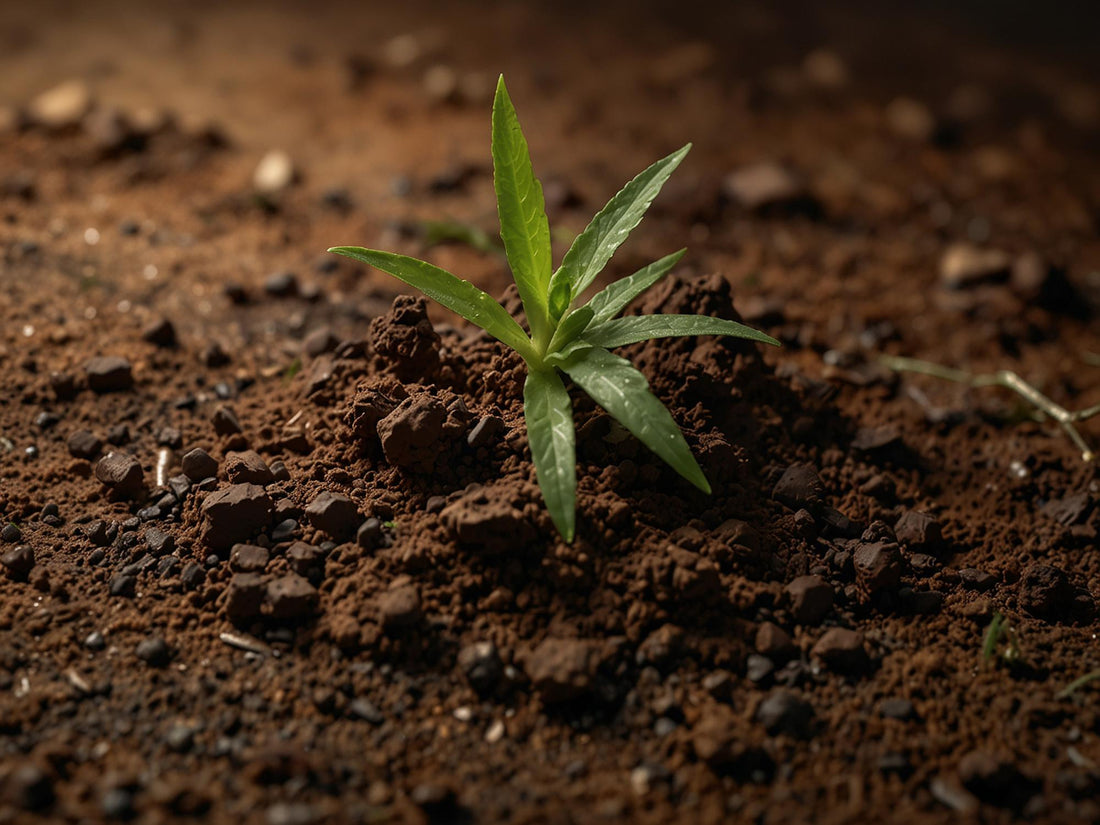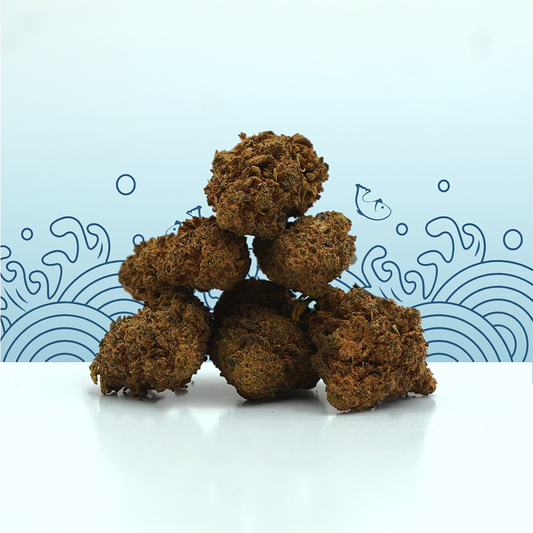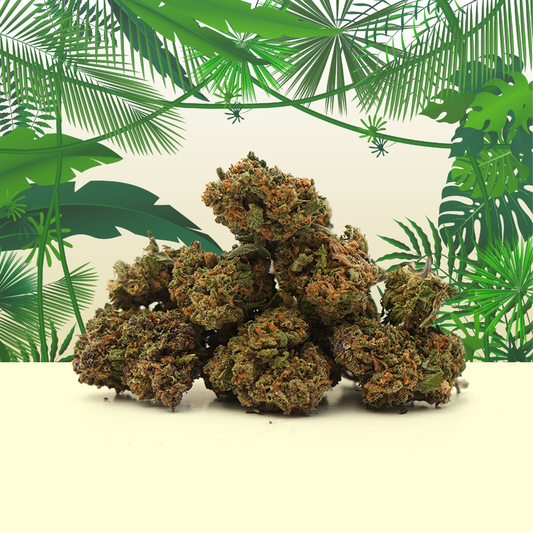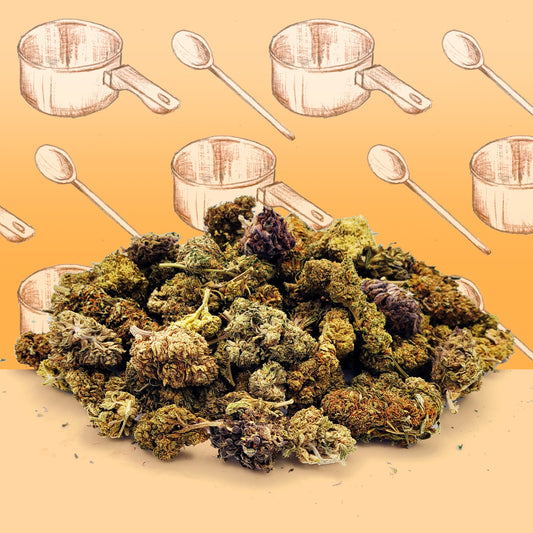More and more growers are turning to more sustainable and ecological methods of cultivation, including CBD cultivation in living soil. This technique not only produces high-quality CBD, but also preserves the soil's ecosystem. Mama explores the fundamentals of living soil cultivation and its benefits.
What is living soil cultivation?
Living soil farming is an agricultural method that aims to maintain a soil rich in micro-organisms and biodiversity. Unlike traditional methods that use chemical fertilizers and pesticides, living soil farming relies on natural practices to nourish soil and plant micro-organisms. This technique calls for the use of compost to preserve the symbiosis between plants and soil micro-organisms.
The basic principles of living soil cultivation
A living soil is home to a diversity of organisms, such as bacteria, fungi, earthworms and other microorganisms beneficial to plant growth. This ecosystem plays a crucial role in releasing nutrients and protecting plants against disease.
Instead of using chemical fertilizers, living soil cultivation favors compost and other natural techniques. These organic materials also provide a sustainable supply of nutrients.
In living soil agriculture, the practice of crop rotation helps to prevent soil nutrient depletion and reduce the risk of disease. Green manures, such as clover or alfalfa, are planted between main crops to enrich the soil with nitrogen and other essential nutrients.
The advantages of CBD cultivation in living soil
Growing CBD in living soil offers a number of advantages, both for the quality of the final product and for the environment.
Superior quality CBD
Plants grown in living soil tend to produce richer cannabinoids and terpenes, resulting in higher quality CBD. Micro-organisms in living soil break down organic matter into nutrients that are more easily absorbed by plant roots. This natural process promotes healthy, vigorous growth. In addition, the microbial diversity of living soil contributes to the production of terpenes, CBD's aromatic compounds, which greatly influence the flavours and effects of CBD.
More sustainable, environmentally-friendly farming
Living soil cultivation considerably reduces the ecological footprint of CBD production. The absence of chemical fertilizers and pesticides reduces soil and water pollution. What's more, this method encourages soil carbon storage. By encouraging soil biodiversity, growers create a more resilient ecosystem, able to resist disease and pests without the need for chemicals. It's also a form of agriculture that combats global warming.
Long-term cost reduction
Although establishing a living soil culture requires a high initial investment, long-term operating costs are often lower than those of conventional cultivation methods. A healthy, well-maintained soil reduces the need for fertilizers and pesticides. What's more, crop rotation and the use of green manures help maintain soil fertility at no extra cost, since they are totally natural solutions.
Encouraging soil biodiversity
Biodiversity is the key to a living soil and healthy, chemical-free crops. The grower may need to integrate micro-organisms into the soil to shape the biodiversity and richness of the soil.
CBD cultivation in living soil offers a an ecological and sustainable alternative to traditional cultivation methods. By preserving the soil's biodiversity and using natural practices, growers can produce a High quality CBD while minimizing their environmental impact.



![Banana Cream CBG 🍌 [Greenhouse]](http://mamakana.com/cdn/shop/files/banana.jpg?v=1683038126&width=533)
![Bubba Kush CBD 🫧 [Greenhouse]](http://mamakana.com/cdn/shop/files/Bubba_fond_4b55b9bd-2083-406f-8843-1229994bb3ec.png?v=1738679473&width=533)




